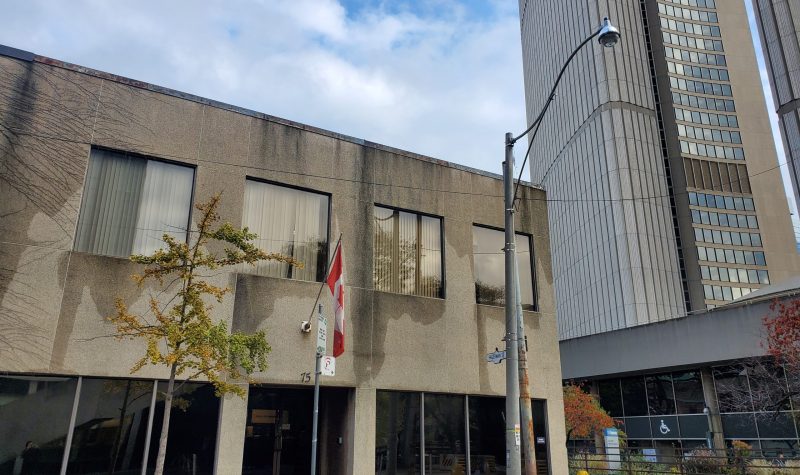As the winter quickly approaches, the City of Toronto have released their service plan for those experiencing homelessness.
Every year in the fall, the city releases and updates their service plan to help those who are stuck outside when the weather drops. To keep the homeless in Toronto warm, they use combinations of shelters and warming stations across the city.
For this year's plan, there will be over 650 spaces for people to get out of the cold. With 180 shelters, 170 warming sites, 275 housing opportunities and 24 hour respite sites. The new plan will be in effect Nov. 15 through to April 15.
To get people off the streets for longer than one night during the winter the city will be adding new units of supportive housing. Of the 275 housing opportunities, roughly 75 units will be new to the system.
Last year the demand for shelters, housing and warming sites was high. The city approximates that 275 people were unable to get into a shelter during the winter. The demand is expected to remain high with currently 10,700 in shelters or shelter bridging programs in the city.
Erin Whitton, Senior Communications Advisor, says that last year they were a key part of last year's plan. Whitton says that last year warming centres were open for 34 days. With each location being at or “near capacity all days they were open.”
“This year the threshold at which we'll be activating warming centres will be when temperatures reach -5 C, or when Environment Canada issues a winter weather event morning,” says Whitton
Warming stations are located at 136 Spadina Rd., 75 Elizabeth St., 15 Olive Ave, 885 Scarborough Golf Club Rd.
Warming centres last year only were open when at -15 C. Whitton says that with the move to minus 5 warming centres are expected to be open for longer than last year.
“Last year warming centres were a key part of the plan…we do anticipate that with this new criteria, the warming centres will be open for more days throughout the winter, and will probably remain open for longer periods,” says Whitton.
Thresholds for other winter relief options have also been lowered compared to last year. Both the enhanced street outreach and surge spaces will be opening at -15 C.
“It is especially critical to add space during the winter to help enable people to move indoors who might be sleeping outdoors,” says Whitton.
Listen to the story below:


